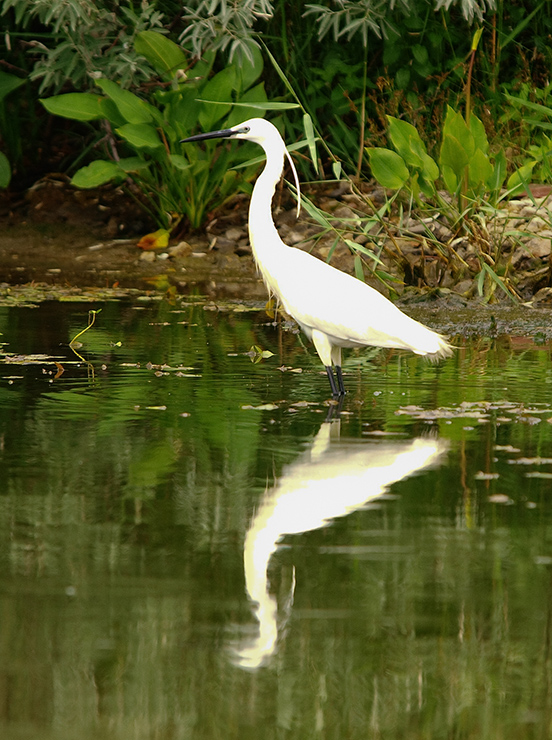
| Home | Login |
Search
Forum
Actions
New Document
New Folder
List Folders
List Documents
List Groups
List Users
Camera resources
Olympus 4000
Olympus 4040
Olympus 5050
Olympus 5060
Olympus 7070
Olympus 8080
Olympus E-M1 II
Olympus E-M5
Olympus E-P1
Olympus E-P2
Olympus E-PL1
Olympus E-PL3
Olympus E1
Olympus E3
Olympus E30
Olympus E300
Olympus E330
Olympus E400
Olympus E410
Olympus E420
Olympus E500
Olympus E510
Olympus E520
Olympus E620
m4/3 lenses
Camera FAQs
Terms of Service
Photo contest
Submissions page
Hall of fame
Folders
About this site
Documents
Polls
Private folders
Public folders
Categories
Abstract
Action/Motion
Animal
Architecture
Candid/Snapshot
Cities/Urban
Documentation
Fashion/Glamour
Historical
Landscape
Macro
Miscellaneous
Nature
Night/Low light
People
Polls
Sand and Sea
Sky
Tourist/Travel
Contact Us
The Little Egret

Copyright ©2011, Olav Agnar Frogner
Viewed times
The Little Egret (Egretta garzetta) is a small white heron. It is the Old World counterpart to the very similar New World Snowy Egret. The adult Little Egret is 55–65 cm long with an 88–106 cm wingspan, and weighs 350–550 grams. Its plumage is all white. The subspecies garzetta has long black legs with yellow feet and a slim black bill. In the breeding season, the adult has two long nape plumes and gauzy plumes on the back and breast, and the bare skin between the bill and eyes becomes red or blue. Juveniles are similar to non-breeding adults but have greenish-black legs and duller yellow feet. has yellow feet and a bare patch of grey-green skin between the bill and eyes. The subspecies nigripes differs in having yellow skin between the bill and eye, and blackish feet. Little Egrets are mostly silent but make various croaking and bubbling calls at their breeding colonies and produce a harsh alarm call when disturbed. Its breeding distribution is in wetlands in warm temperate to tropical parts of Europe, Africa, Asia, and Australia. In warmer locations, most birds are permanent residents; northern populations, including many European birds, migrate to Africa and southern Asia. They may also wander north in late summer after the breeding season, which may have assisted its current range expansion. Globally, the Little Egret is not listed as a threatened species. Little Egrets eat fish, insects, amphibians, crustaceans, and reptiles. They stalk their prey in shallow water, often running with raised wings or shuffling its feet to disturb small fish. They may also stand still and wait to ambush prey.
| Photographer: | Olav Agnar Frogner |
|---|---|
| Folder: | Danube Delta |
| Uploaded: | 17-Oct-2011 13:44 CEST |
| Model release available: | |
| Camera: | Olympus E-3 |
| Exposure time: | 1/250 s |
| Aperture: | F5 |
| Focal length: | 194 mm |
| Lens: | Olympus ZD 50-200 swd + EC-14 |
| Focusing method: | Spot |
| ISO: | 400 |
| White balance: | Auto |
| Flash: | no |
| Image format: | SHQ |
| Processing applied: | |
| Various: | |
| Image resized to: | 740x552 |
NO SUBJECT
Not a very good shot Olav.
The egret has blown highlights and there's no detail in the bird. Use exposure compensation to avoid this.
Greetings,
Wim
Wim Westerhof at 19:36 CEST on 18-Oct-2011 [Reply]
Thank you for feedback.
I agree that this is not the very best shot, far away actually.
This shot is only one of many in the folder by name: “Danube Delta”.
The photo has it function in illustrate the diversity and richness in the biosphere of the delta.
I will try to do better for the future…
Olav Agnar Frogner at 21:11 CEST on 18-Oct-2011 [Reply]